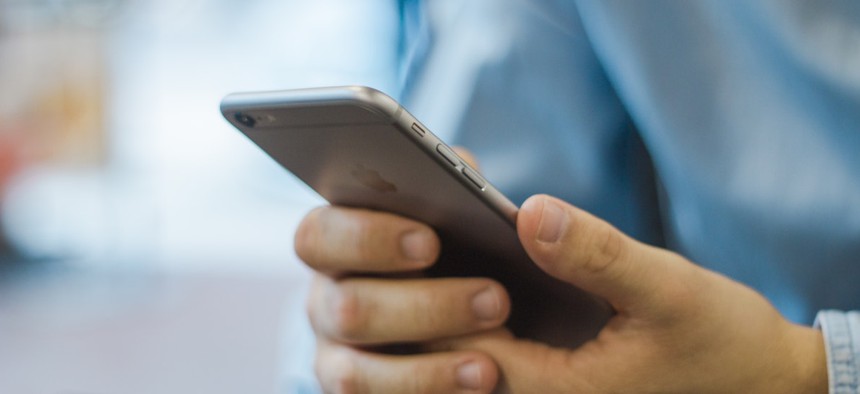The Government Doesn’t Seem To Know Why Some People Didn’t Get Its Presidential Alert
There's work to be done on the government's federal alert system.
In the Quartz newsroom, it started a little before 2:15 pm U.S. Eastern time.
First one siren noise, then another, then another. By 2:18 pm, there was a veritable symphony of blaring cellphones, each proclaiming: “THIS IS A TEST of the National Wireless Emergency Alert System. No action is needed,” in the key of B♭.
Around 225 million cell phone users in the U.S. were supposed to receive a message from the White House Wednesday. Though the test was likely a non-event in your day, for the federal government, it was the product of many years of work across multiple agencies. But some people didn’t get the alert at all, and others got it many minutes after the 2:18 pm time the Federal Emergency Management Agency, the agency tasked with sending the alert, said it was supposed to land.
Why? Well, it’s not entirely clear. There were a few things that could’ve prevented people from getting the alert, FEMA said, such as if you were in the middle of transmitting data or having a long conversation on your phone. Phones that were switched off or out of range of cell service didn’t pick it up either.
Yet many people reported an unexpected silence from their phone—or alerts that came in long after they were due. A tweet from the technology magazine Wired reaped dozens of responses from people still waiting on the alert, though there doesn’t seem to be anything in particular linking them. Some were iPhone users, but others had Android phones. Many were AT&T customers, though some T-Mobile, Sprint and Verizon clients also didn’t get the message.
(Within the Quartz newsroom itself, a half-dozen people didn’t get the alert—even though there should have been good signal in the office, and most people had no problem receiving it. Again, it seemed completely random. One person reported receiving the alert on their T-Mobile Samsung Note while experiencing absolute radio silence from their iPhone X on the same carrier.)
FEMA may have a bit of tweaking to do on its emergency alerts. A spokesperson for FEMA told Quartz that they were still working out why some people didn’t get the message, after what they believed to be a successful test. They added that the agency is also unsure why some people received the alert before others. Quartz has asked for more detail on why this is the case. FEMA will be collecting data over the next month in the hope of improving the service in the future.
If you didn’t get the alert, and you’d like to help out, you can let the agency know to FEMA-National-Test@fema.dhs.gov. Include your cell phone provider, model, and whether you were indoors or outdoors, stationary or moving, and in a rural or urban setting. Not getting the test message may seem relatively inconsequential now—but you might think differently in the event of a genuine emergency.







